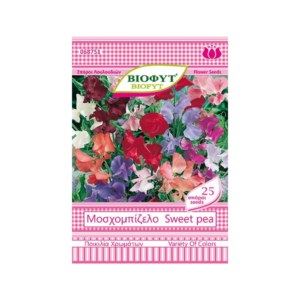Poppy
Poppy
The poppy is a plant native to Europe, North Africa and the temperate regions of Asia, while it has acclimatized in North and South America. It got its name from the Celtic word “papa” which means “food for babies” because the Celts used to mix poppy juice in baby creams, as a medicine for childhood illnesses.
According to Greek Mythology, when the god of the Underworld stole Persephone, the daughter of the goddess Demeter, she, wanting to forget her pain, drank a strong drink made from a type of poppy, the opium. When the goddess awoke, she descended to the meadows and made the plains fertile and the crops rich, returning to the people the goods of the earth.
Perhaps this is also the symbolic role of the three poppy “capsules” on the head of the Late Minoan era court, which is associated with health and fertility.
In the Eleusinian Mysteries, the statues of the goddess were adorned with poppy flowers.
Also, thanks to its calming and hypnotic properties, they presented the son of Hades, Sleep and the goddess Night with poppies in their hair and hands.
There are many types of poppy (about 100) that are either native flowers of the fields or cultivated. The most important species of the genus is Mikon the sleeper. Mikon the sleeping poppy is the only type of poppy grown commercially on a large scale. It is cultivated for medicinal as well as cosmetic purposes. It thrives in cultivated fields and roadsides.
In the Greek flora we find 10 different species of the plant. Many types of ornamental poppy are grown with bulbs, which are placed in the ground in early spring. It has large flowers, red in most species, with a long stalk, even decorative varieties with crimson, purple, pink, salmon, yellow or white flowers.









